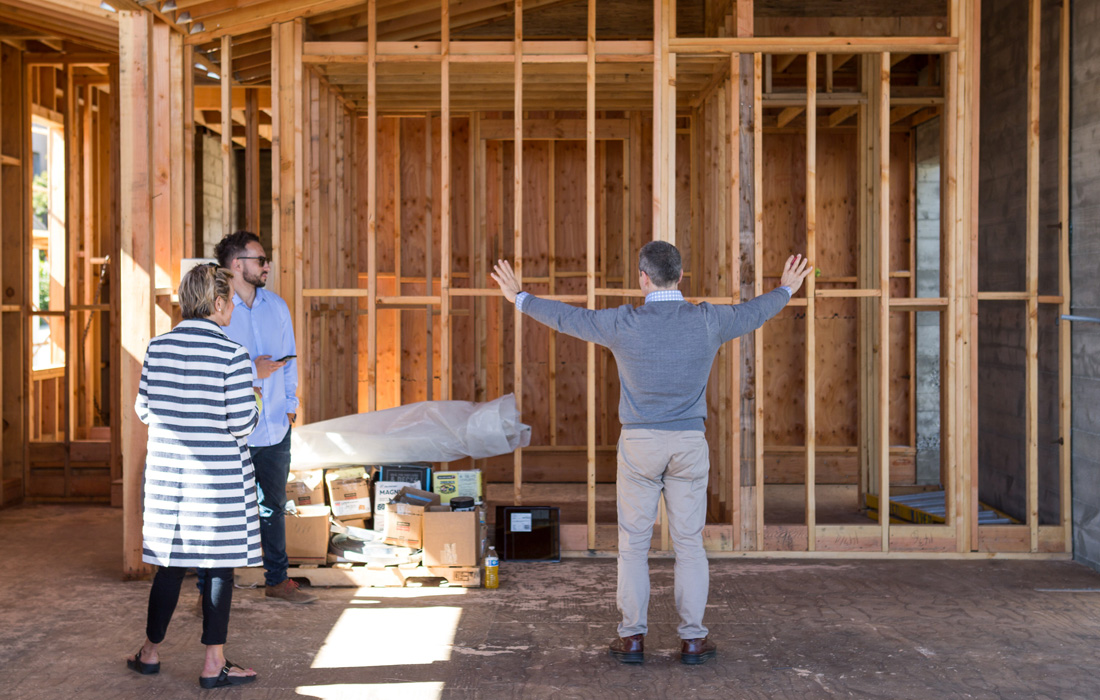
Anders Answers: Proportion
As humans we are driven to understand and seek out relationships between ourselves and the the things that occupy the world around us. We strive for regulation, for order, for hierarchy, and for contrast. Those are the fundamental building blocks of proportion and the foundation of a good architecture.
Proportion is the tool with which we temper the raw ingredients of space. A space without proportion is a space without definition or hierarchy, and is, therefore, a space rooted in chaos. The human mind will perceive this chaos and react negatively to a poorly, or unproportioned space.
Value, and ultimately our sense of good feeling is derived through the perception and understanding of the relationships between objects, spaces, or people. It’s in the relationship between ourselves and the thing we perceive that illuminates its value.
Is it ever OK for something to be out of proportion?
In some ways yes, because when you have something out of proportion it calls attention to itself in the context of the greater composition. Something out of proportion can be a tool that is used to accentuate a particular relationship the designer wants a user to perceive.
This idea is used frequently in musical composition when a group of notes are too close or too far apart from one another and they just don’t sound right. In the context of a particular piece of music that can create a sense of alarm or discomfort, things out of tune, or note or proportion, may be exactly what the composer intended. Architects can do something similar by creating dissonant relationships between spaces and forms within a building to elicit a particular response from the user.
Many public spaces such as churches government buildings are created purposefully to dwarf humans. Is this type of proportion OK, and if so can this concept be used in homes?
Yes. Interestingly, it seems that those particular building types, more than any others, tend to be the ones that exhibit the most thoughtful use of proportioning. Why architects have relegated thoughtful proportioning systems to only those structures is a something I still don’t understand. All spaces, including homes should exhibit a similar sense of scale and proportion, of thoughtful regulation and tempering of space as any church or public building.
How are proportion and space related and why are those two principles important together?
Space is the primary ingredient of architecture and proportion the primary metering device by which we temper that space.
Think of space as the flour, sugar and salt of your architectural cake. If you get the proportion of sugar to salt reversed you’re going to have a very bad cake. A poorly proportioned space will leave you with a very bad piece of architecture as well.
An architecture of space but without proportion would be a incredibly boring and chaotic experience. The human mind strives for order and regulation. Our brains constantly seek out patterns and form relationships with what they find. Proportioned spaces allow our minds to form pleasing relationships with our environment and help set our subconscious at ease.
Does proportion create a feeling that exceeds the space and the materials themselves can you have bad materials but harmonious proportion?
Yes, material, while important, only has a place in the recipe for Architecture after space has been tempered by proportion and that relationship illuminated in light. You could have a building made of the most expensive materials but if it’s poorly proportion it’ll still be a piece of garbage. Instead, create a perfectly proportioned building of white drywall and stucco, and I promise it will be an absolutely sublime experience.
When you think about proportion where does inspiration come from? Is there such a thing as natural proportion or proportion that is inherent?
One need only look to nature to find examples of essential and perfect proportions.
For instance the internal structure of the Nautilus shell, it’s spiral an elegant example of how a deceptively simple mathematical relationship compounds on itself to create an incredibly complex structure.



